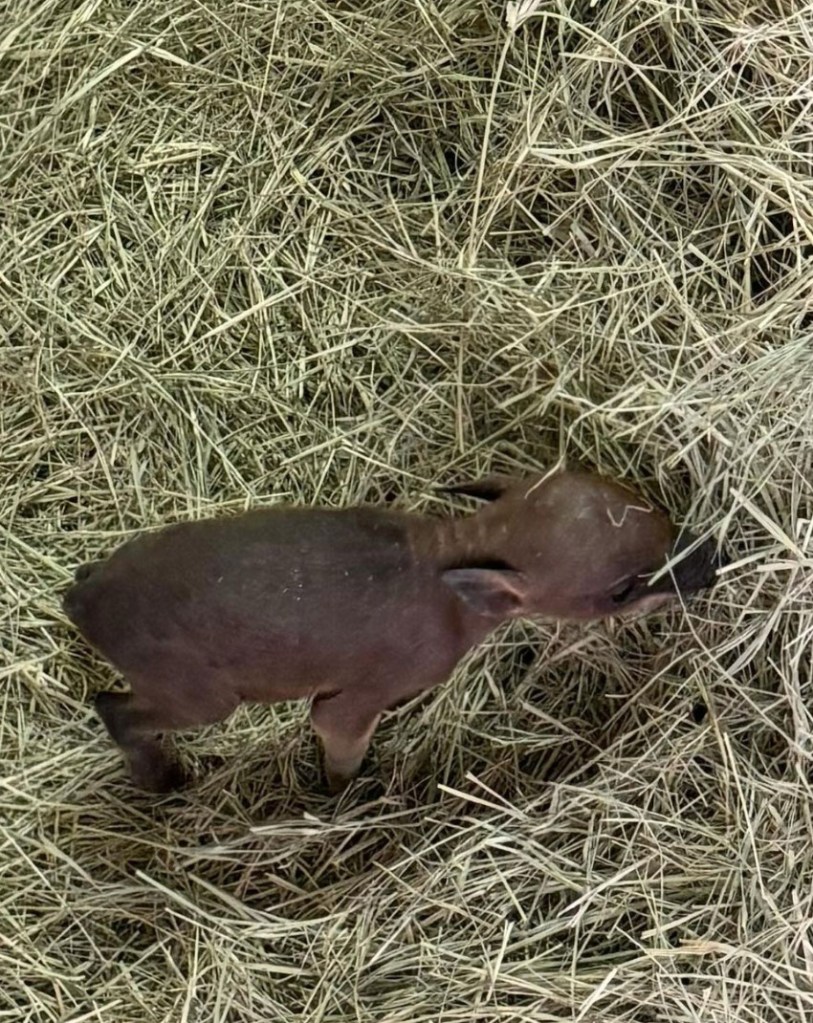Endangered babirusa piglet born at San Antonio Zoo
This zoo rang in the new year with a newborn piglet.
The San Antonio Zoo announced its first-ever birth of a babirusa, a wild and rare species of pig, on Jan. 1.
“We are thrilled to welcome this baby to our family – the first-ever babirusa birth at San Antonio Zoo,” Tim Morrow, president and CEO of San Antonio Zoo said in a Facebook post.
“While some may describe these little ones as ‘ugly babies,’ we can’t help but find them irresistibly adorable with their unique and unconventional charm. We can’t wait for the public to fall in love with this precious little babirusa.”
The birth is considered a rare event for the species.
Babirusas, which are native to the Indonesian archipelago, are endangered due to excessive hunting for their meat and the loss of their habitat because of agricultural development.
The creatures also only give birth to a total of one to two piglets, so their births in general are infrequent occurrences.
The newborn’s first-time mother, Sula, and father, Kreacher, were part of a “significant milestone for both the zoo and the conservation efforts of this vulnerable species,” the post said.
Male babirusas are known for their bizarre tusks, which can pierce their skulls, while females have no tusks at all.
“With their distinctive curved tusks and unique appearance, babirusas have captivated the hearts of visitors since their introduction in 1998,” the zoo continued.

Instagram/sanantoniozoo
As of now, the infant isn’t on display at the zoo, which is focusing on the “well-being and health of both mother and baby.”
“In the coming weeks, the baby babirusa will continue to bond with its mother and grow, ensuring a strong foundation for its future,” it explained. “Stay tuned for exclusive updates and announcements regarding the baby babirusa’s progress, gender, and when the public can view them.”
Read the full article Here


